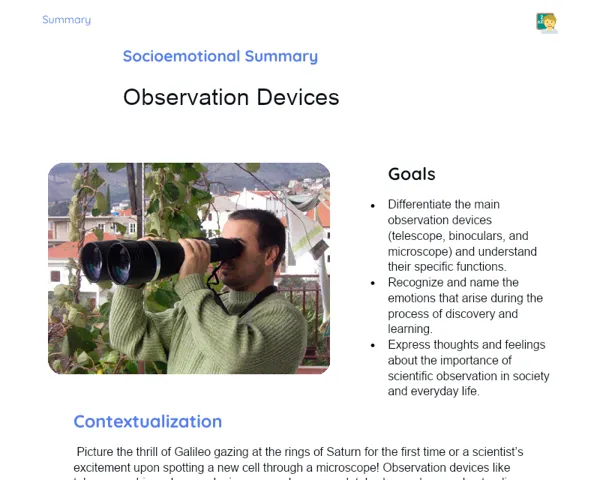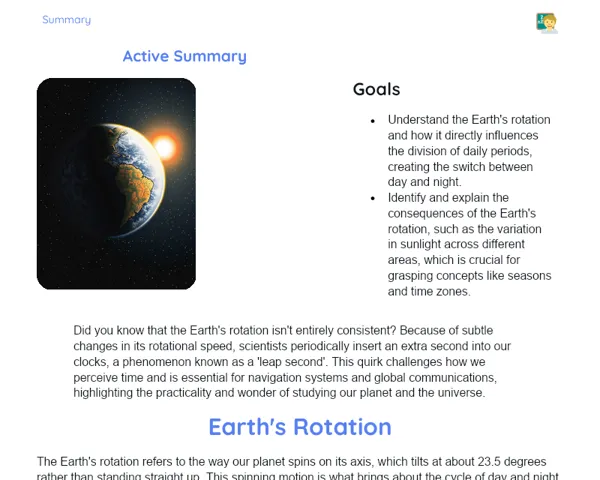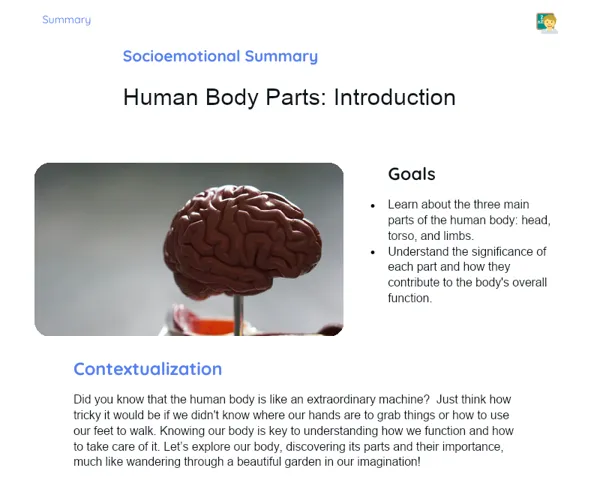Summary Tradisional | Human Body: Human Reproduction
Contextualization
Human reproduction is vital for the survival of our species. It involves the coming together of male and female gametes, leading to the creation of a new human being. This intricate process relies on the coordinated functioning of multiple organs within the male and female reproductive systems. By understanding these mechanisms, we can have a deeper appreciation for the biology that supports our existence.
To fully grasp human reproduction, it's important to be familiar with the reproductive organs of both genders and the processes leading up to fertilization. Male organs, such as the testes and penis, alongside female organs like the ovaries and uterus, all have specific and important roles. Additionally, knowledge of spermatogenesis and oogenesis, as well as the menstrual cycle, is crucial for a comprehensive understanding of how human life originates and evolves.
To Remember!
Male and Female Reproductive Organs
The reproductive organs of both men and women are essential in the process of human reproduction. In the male reproductive system, the testes generate sperm and male sex hormones like testosterone. Sperm matures in the epididymis before being transported through the vas deferens during ejaculation. Fluids from the seminal vesicle and prostate create semen, which is expelled through the penis during copulation.
In the female reproductive system, the ovaries produce eggs and female sex hormones, including estrogen and progesterone. Eggs are released during ovulation and are captured by the fallopian tubes, where fertilization can take place. The uterus serves as the site for embryo implantation and development during pregnancy, while the vagina acts as both the birth canal and the area that receives the penis during sexual intercourse. The vulva acts as a protective barrier for the internal reproductive structures.
These organs cooperate seamlessly for gamete production, fertilization, and embryo development. Understanding the anatomy and functions of these organs is key to grasping the human reproductive process.
-
The testes produce sperm and male sex hormones.
-
The ovaries generate eggs and female sex hormones.
-
Fertilization occurs in the fallopian tubes.
Gamete Production
Spermatogenesis, or sperm production, takes place continuously in the testes from puberty onwards, regulated by hormones like testosterone and luteinizing hormone (LH). During this process, germ cells known as spermatogonia undergo meiosis to mature into sperm, which are stored in the epididymis until ejaculation.
Oogenesis is the process of egg production in the ovaries. Contrary to spermatogenesis, this starts before birth, with oogonia entering meiosis but pausing at prophase I until puberty. During each menstrual cycle, an ovarian follicle matures, completing meiosis I and initiating meiosis II, which is only completed upon fertilization. Oogenesis halts at menopause.
Both processes are vital for reproduction, ensuring the production of gametes necessary for fertilization. Hormonal regulation plays a key role in ensuring the proper functioning of these processes and the maintenance of fertility in both males and females.
-
Spermatogenesis occurs in the testes and is a continuous process.
-
Oogenesis occurs in the ovaries and follows a cyclical pattern.
-
Hormones regulate gamete production.
Fertilization
Fertilization is the moment when a sperm penetrates an egg, forming a zygote. After ejaculation, sperm navigates through the female reproductive tract to the fallopian tubes, where it may meet the egg. This process occurs when a sperm crosses the zona pellucida of the egg and fuses with its plasma membrane. This triggers the egg's activation and the onset of cell division.
Meiosis is crucial during fertilization as it halves the chromosome number in gametes, ensuring that the zygote has a typical chromosomal count. This diversity is essential for the embryo's viability.
The fertilization event initiates embryonic development, with the zygote undergoing several mitotic divisions to become a blastocyst, which will eventually implant into the uterus. This step is crucial for pregnancy and the emergence of a new human being.
-
Fertilization takes place in the fallopian tubes.
-
Meiosis contributes to genetic diversity.
-
Fertilization sets embryonic development in motion.
Embryo Development
Post-fertilization, the zygote begins to divide through mitosis, transforming into a blastocyst. This blastocyst makes its journey through the fallopian tubes to the uterus, where it will implant into the uterine wall. Implantation is essential for supplying nutrients to the embryo and anchoring it in the uterus for continued growth.
The early stages of embryonic development involve forming three germ layers (ectoderm, mesoderm, and endoderm), which will develop into the various tissues and organs of the body. This stage is critical, as any irregularities can lead to congenital malformations.
The uterine environment is significant for the healthy advancement of the embryo, supplying nutrients, oxygen, and protection. Gaining insights into these early stages is vital for understanding developmental biology and reproductive health.
-
Embryonic development kicks off with the blastocyst formation.
-
Implantation is crucial for embryo nourishment.
-
The germ layers are responsible for forming tissues and organs.
Key Terms
-
Human Reproduction: The biological process that results in creating a new human being.
-
Fertilization: The union of sperm and egg, forming a zygote.
-
Reproductive Organs: Anatomical structures integral for producing gametes and facilitating reproduction.
-
Spermatogenesis: The method of sperm formation in the testes.
-
Oogenesis: The egg formation process occurring in the ovaries.
-
Embryonic Development: The early growth and formation stages of an embryo following fertilization.
-
Menstrual Cycle: The hormonal cycle preparing the female body for fertilization and pregnancy.
-
Contraceptive Methods: Techniques used to prevent fertilization or embryo implantation.
Important Conclusions
In this lesson, we examined the key components of human reproduction, including the anatomy and functions of male and female reproductive organs, the gamete production processes (spermatogenesis and oogenesis), and the key events leading to fertilization and the initial stages of embryo development. Understanding these processes is essential to appreciating the complexity and beauty of human reproductive biology.
Fertilization, happening in the fallopian tubes, signifies the onset of developing a new human being. Meiosis ensures genetic diversity, while the initial steps of embryonic development, including blastocyst formation and its subsequent implantation into the uterus, are vital for species survival. Additionally, a solid grasp of the menstrual cycle and contraceptive methods is essential for reproductive health and family planning.
Gaining knowledge about human reproduction not only enhances our understanding of biology but also equips us to make informed choices regarding reproductive health and disease prevention. We encourage all students to delve deeper into the topic as it pertains to everyday life and the well-being of individuals and communities.
Study Tips
-
Review diagrams and models of the male and female reproductive organs to deepen your understanding of their anatomy and functions.
-
Study the processes of spermatogenesis and oogenesis, paying close attention to the stages and differences between them.
-
Investigate various contraceptive methods and the menstrual cycle, noting how each method functions and the importance of hormonal balance.



